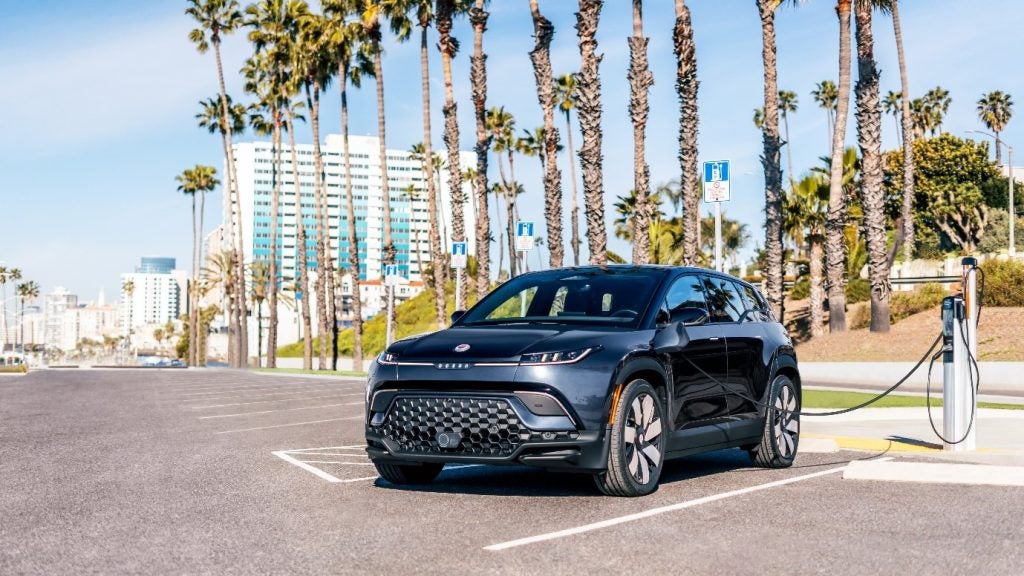 General
General
Motors has unveiled what it claims is the world’s first petrol fuel processor
for fuel cell propulsion.
The Gen III processor, installed in a Chevrolet S-10 pickup, reforms ‘clean’
petrol onboard to extract a stream of hydrogen to send to the fuel cell stack.
The vehicle was introduced to an automotive management conference in Traverse
City, Michigan, by GM’s vice president of research, development and planning,
Larry Burns, to keep a promise he made at the conference a year ago that the
company would have a working demonstrator by early 2002.
“When combined with our fuel cell stack, the technology has the potential
to obtain 40% overall energy efficiency, which is about 50% better than a conventional
internal combustion engine,” Burns said.
“We’re proud to show that processor on a Chevrolet S-10 pickup, the world’s
first petrol-fed fuel cell electric vehicle. This is possible because we’ve
been able to reduce our processor size by a factor of three without sacrificing
efficiency.”
|
Strategic
Review- How well do you really know your competitors?Access the most comprehensive Company Profiles on the market, powered by GlobalData. Save hours of research. Gain competitive edge. 
Company Profile – free
sample
Thank you!Your download email will arrive shortly Not ready to buy yet? Download a free sampleWe are confident about the unique quality of our Company Profiles. However, we want you to make the most beneficial decision for your business, so we offer a free sample that you can download by submitting the below form By GlobalData |
Onboard petrol reforming is significant because all other fuel cells run on
either pure hydrogen or hydrogen extracted from methanol, Burns explained.
“But, right now, you can’t get hydrogen or methanol at your corner gas station
and it would cost hundreds of billions of dollars to create such an infrastructure,”
he said. “Developing gasoline-fed fuel cells makes the technology much more
attainable – even within this decade.”
GM intends to make petrol-fed fuel cells an interim strategy until a hydrogen
infrastructure is established.
Driving demonstrations are scheduled for early next year.
The Gen III petrol processor also offers faster start times than the previous
version, with the capability of starting in less than three minutes compared
to the previous 15-minutes. It has a peak efficiency of 80%.
“Our Gen III takes gasoline and cracks it into its hydrogen components,”
said Burns. “To our knowledge, no one else has cracked gasoline in an onboard
system.”
The truck also features GM’s Stack 2000, which generates electricity from hydrogen
and oxygen fed to it. This is the same stack technology GM used to set 11 endurance
records for vehicles powered by fuel cells in May.
The S-10 fuel cell generates 25 kilowatts, which translates roughly into 33hp.
The truck’s fuel processor and stack combine to power a battery charger for
the vehicle’s electric drivetrain.
“Of course there’s a long way to go on several fronts. We are, after all,
undertaking a historic change in transportation and propulsion technology,”
Burns said.
“However, we’re very encouraged by our rapid rate of progress and the
exciting benefits of fuel cell vehicles.”
|







